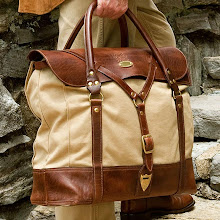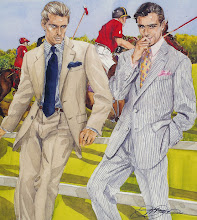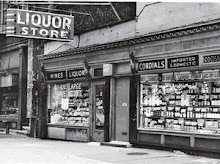The Fabergé Birch Egg
The Karelian Birch egg, also known as Karelian Birch or the Birch Egg, is a Fabergé egg which is one of two Easter eggs made under the supervision of Peter Carl Fabergé in 1917 for the last Tsar of Russia Nicholas II.
The egg is made out of Karelian birch panels set in a gold frame. The design is a departure from previous eggs which were far more ornate and gilded. The change was due to severe measures taken as a result of World War I, both by the Russian Imperial family and the House of Faberge. A number of the Faberge Imperial Easter eggs created during the war utilized unusual and less costly materials. However, the Karelian Birch egg was the only one to use an organic substance as a primary construction element that being wood. Its "surprise" was a miniature mechanical elephant, covered with tiny rose-cut diamonds, wound with a small jewel-encrusted key. Unfortunately, the jewel encrusted elephant is no longer with the magnificently designed egg.
On April 25, Fabergé sent the Czar an invoice for the egg, addressing Czar Nicolai II not as "Czar of all the Russias" but as "Mr. Romanov Nikolai Aleksandrovich". Nicolai paid 12,500 rubles and the egg was sent to Grand Duke Michael Alexandrovich at his palace for presentation to the Empress, but the Duke fled before it arrived.
After many years of its disappearance, the infamous egg has since resurfaced and now resides at the State Historical Museum in Moscow.
A beautiful piece of creative art!
Best regards,
Reynolds



























Terrific post...I am admittedly not a Faberge expert, however I have seen and held quite a few. This unusual wooden one is my favorite to date. Thanks for sharing the pics and the history. Found you via ArchitechDesign....looking forward to future posts! K
ReplyDeleteThanks SO much for checking out Reynolds Still. I'm envious of you and the opportunities you've had to hold a piece of Faberge. I would have been speechless!
ReplyDeleteBest regards,
Reynolds